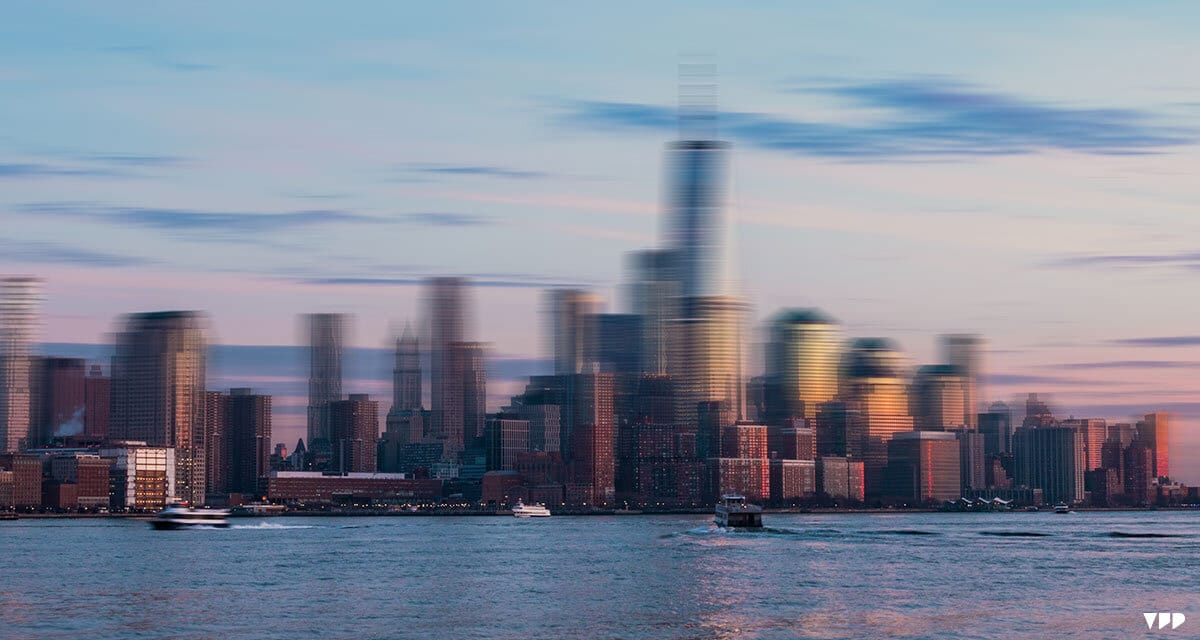Downtowns need an upgrade in the remote-work era
The Future. The transition to remote work has emptied downtowns across America — a migration that has rippled across local economies. The work-from-anywhere arrangements are probably here to stay, so cities are figuring out what’s next for its city centers. While transitioning to housing may be the next logical step, a concerted effort to turn downtowns into thick social spaces — pedestrian-first design, more co-working areas, turning parking lots into parks — may help bring people back before those housing projects are completed.
Big and empty
Insider’s Emil Skandul lays out how remote work has reshaped the downtown.
- It has emptied downtowns, with office occupancy hovering between a low of 50% and 60% in places like NYC, San Francisco, Austin, and Dallas.
- That has led many companies, including Meta and Yelp, to ditch some of their primary office leases — a move that has hurt commercial real estate.
- If people aren’t filling the high-rises, then downtown-based small businesses that rely on foot traffic also suffer.
- That ultimately leads to reduced tax revenue for cities, which affects everything from government services to public transportation… a vicious cycle that makes going to the office even less desirable.
The mayor of Seattle, Bruce Harrell, recently lamented that “the fact of the matter is there will never be the good ol’ days where everyone’s downtown working.”
People solutions
So, what’s a city to do?
- The short-term fix is to convert many of the empty office spaces into housing, which would put people back into the heart of downtowns.
- But converting the spaces is costly and requires re-zoning, which is why only 112 commercial spaces in the US have done so since 2016, according to CBRE. Another 85 projects are underway.
But states are trying to boost projects. California has set aside $400 million in grants for “adaptive reuse,” while New York has $100 million to convert hotels into residences.
With Los Angeles finding that converting offices and hotels would result in 72,000 new homes, the stakes are high — to both revitalize downtowns and ease the burden of increased housing costs.
TOGETHER WITH CANVA
No design skills needed! 🪄✨
Canva Pro is the design software that makes design simple, convenient, and reliable. Create what you need in no time! Jam-packed with time-saving tools that make anyone look like a professional designer.


